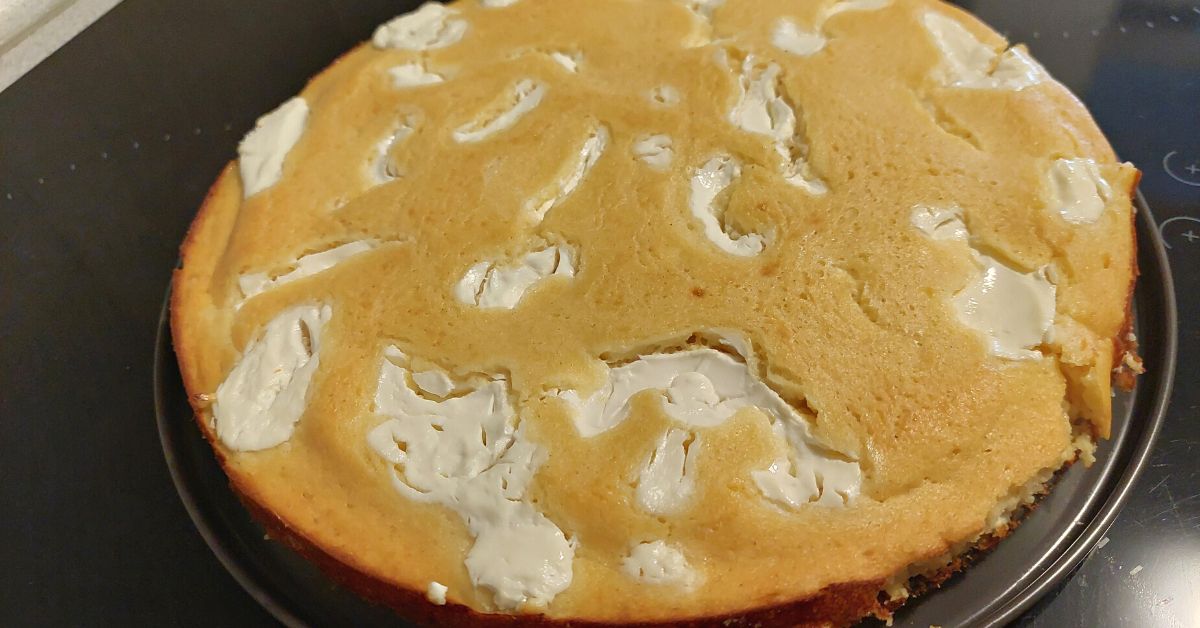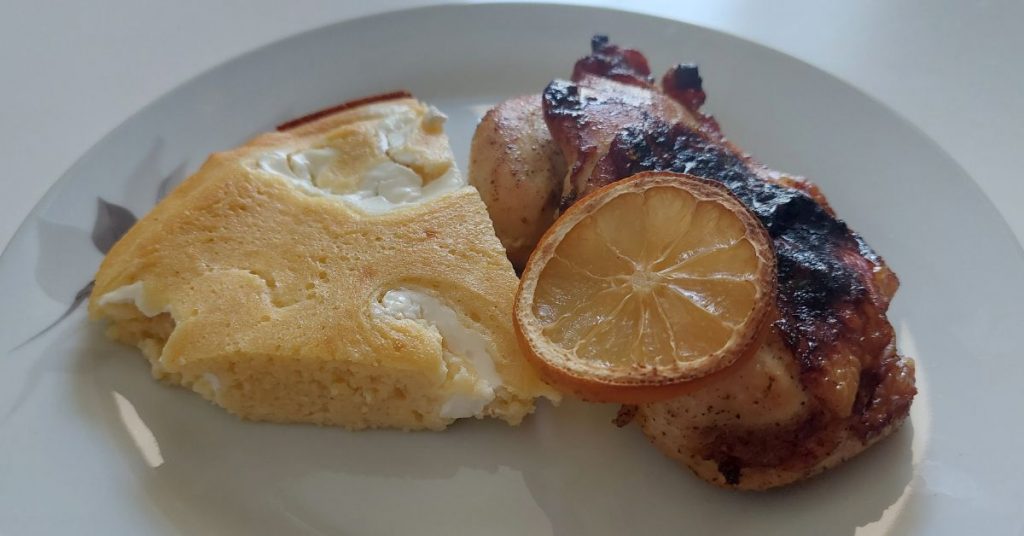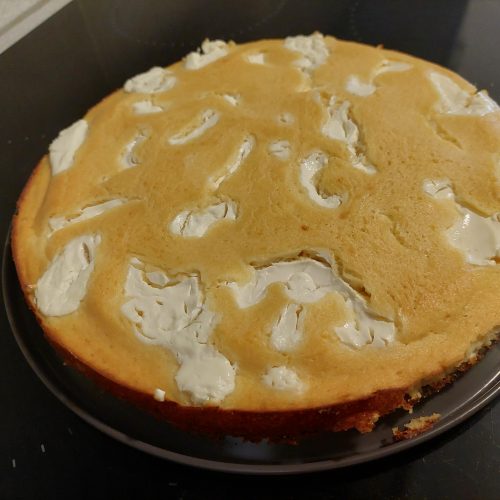Soft & Juicy Homemade Cornbread Without Cornmeal

It is an irrefutable fact that cornmeal is best when it comes to homemade cornbread. Still, as perfectly as cornmeal fits, it isn’t the only solution. So, how to make cornbread without cornmeal?
Wheat flour, rice flour, cornflakes, corn flour, and tortilla chips are some of the best substitutes for cornmeal. The recipe will need adjusting in terms of the type and quantity of the ingredients, but the result will still be satisfactory, if not as good as the one coming from the original recipe.
As you can see, cornmeal doesn’t hold exclusive rights for cornbread, as you can easily make cornbread from scratch using a substitute for cornmeal. Therefore in the following text, I will explain how to make cornbread from scratch using the most popular cornmeal substitute-corn flour.

Is it possible to make cornbread without cornmeal from scratch?
Yes, it is entirely possible to make cornbread without cornmeal. You can use many substitutes, such as rice flour, cornflakes, corn flour, wheat flour, or tortilla chips.
Jump to RecipeRice flour
The Rice flour and corn flour combination works perfectly for cornbread. Rice flour is an excellent substitute for cornmeal, especially since it has an extremely fine, almost velvety texture. It will give you a smooth and soft cornbread, and not to mention how well it goes with the rest of the cornbread ingredients.
Cornflakes
You can do a great job using cornflakes instead of cornmeal. They are light, soft, and puffy, which means your cornbread will be like that, too. They mash up great with the other mandatory cornbread ingredient and combine pretty well with whichever other ingredients you’d like to add.
Tortilla chips
As unusual as this may sound, ground tortilla chips can make a perfect cornbread base. Since tortilla chips are predominantly corn flour, you will get a flavorful cornbread without worrying about adding flavor.
Wheat flour
Wheat flour is universal and goes with almost any ingredient when it comes to bread-making, so it isn’t a wonder that it will do a great job here too. Wherever you need a substitute for a grain meal or flour, you can count on wheat flour almost every time. As a cornmeal substitute, wheat flour results in an elastic and stable cornbread mixed with corn flour, tortilla chips, or cornflakes; it will surprise you how well it works.
Corn flour
Corn flour is the starch derived from the corn kernels. As such, it has a wide application as the main ingredient and as an additional element found in many dishes. I will explain this one in greater detail as it is the best cornmeal substitute.
Since it is made of corn, corn flour alone is the best substitute for cornmeal when it comes to making cornbread from scratch. You’ll get the same color, and the consistency won’t be very far off. The only difference is that corn flour cornbread is slightly smoother and softer than cornmeal cornbread, which is a bit grainier and dryer.
What does cornbread without cornmeal taste like?
Cornbread with corn flour instead of cornmeal tastes very similar to the original recipe. This is to be expected since corn flour is also made of corn. Cornbread with corn flour even looks similar to cornmeal cornbread.
More precisely, it tastes a little sour from the sour cream and yogurt but still has that recognizable corn sweetness. It is flavorful yet gentle without a prevalent taste, but an overall even and balanced flavor.
How long does homemade cornbread last?
Considering that it contains dairy and doesn’t contain any preserving additives like store-bought cornbread, homemade cornbread is a perishable food.
If there’s one thing cornbread hates, it’s moisture. Cornbread tends to get soggy very quickly after being exposed to moisture, so be careful where you keep it, as it needs to be in dry surroundings.
If you keep it at room temperature, assuming there’s no moisture, homemade cornbread could last for one day. In the fridge, it is good and safe for 5 days, and in the freezer, it can hold for up to three months.
How to store homemade cornbread?
If you keep it at room temperature, wrap your homemade cornbread with paper napkins/towels to protect it from potential moisture.
If you refrigerate it, place the cornbread in an airtight container and seal it well, as fridge moisture could be detrimental to your cornbread.
If you decide to freeze it, place your cornbread in a freezer baggie (not more than four cornbread squares per baggy) and place the baggies in an airtight container.
How to eat homemade cornbread without cornmeal?
Cornbread without cornmeal offers the same combination possibility as cornmeal cornbread. You can combine it with cheese, bacon, butter, tomatoes, ham, and everything you think would pair nicely with it.
There are some fans of cornbread who like pairing it with sweet flavors as well, like plum jam.
This time, I served it with honey lemon chicken.

Recipe for cornbread without cornmeal

Homemade Cornbread without Cornmeal
Ingredients
- 3/4 cup Corn flour
- 1/4 cup All-purpose flour
- 1/2 tsp Baking powder
- 2 Eggs
- 1 tsp Sugar
- 1 cup Yogurt
- 1/3 cup Milk
- 2 tbsp Vegetable Oil
- 1/2 tsp Salt
- 1 cup Sour Cream For the topping.
Instructions
- Preheat the oven to 350 °F (180 °C).
- Mix eggs with sugar and salt using a hand mixer.
- Add to the mixture yogurt, milk and oil, and mix well.
- Sift corn flour, all-purpose flour and baking powder, then add them to the mixture.
- Once you get an even texture, it is time for baking. Bake the batter for 15 minutes.
- Take the batter out. Add sour cream on the top, and then put the cornbread back in the oven for another 15 minutes.
- Let the cornbread cool before cutting it.
